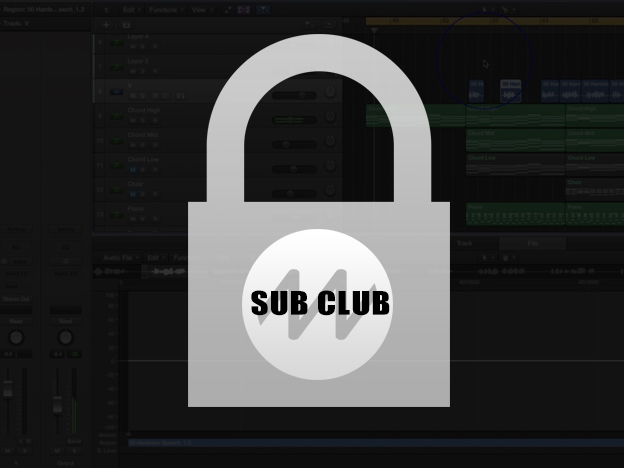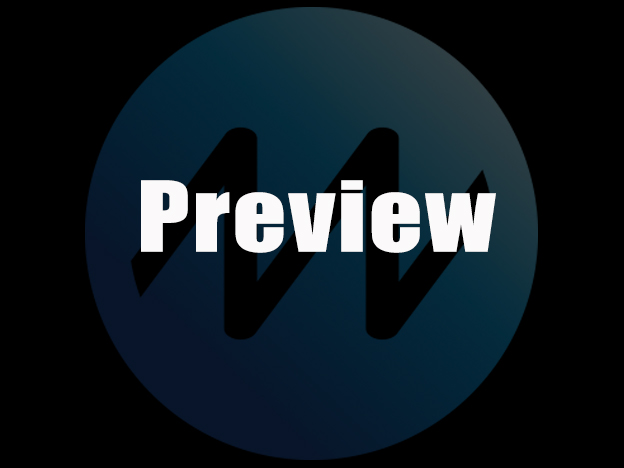As you know Deep House draws on elements of Chicago house, soul, funk, and Detroit music, deep house is often best known for its jazzy suspended chords, close-concentrated dissonant melodies, soulful vocal snippets, and a generally laid-back, deep feel to the music.
Over 3 modules and running close to 13 hours of video you will learn about the production of this genre step by step with a focus on the deep house style signed to labels such as Anjunadeep.
You will start the tutorial covering the general idea composition and sound design principles behind the trademark chord progressions, bass lines, vocals, and countermelodies. In module 1, you learn how the basic backbone of a track is written as you follow the creation of the example track while introducing the theory of chord development, retrograde inversion, thematic development in the bass, chord “planing”, chords suspensions, diminution, intervallic dissonance and bass/harmony/melodic counterpoint.
With the compositional backbone of the track complete, in the second module, you learn more about sound design, this time examining the requisite processing techniques to help maintain the laid-back feel and sound of the genre. Then you learn about the style of sound design and programming behind the house style skippy drum loops and generation of the over-percussive elements, introducing further techniques such as displacement, modulation, cell patterning, multi-rhythmic programming and multi-measure patterning.
The final module, you follow Rick as he works towards completing our example track by tieing all of our ideas together. Beginning with a further examination of synthesis, effects busses, and processing chains, we work to develop the track with further melodies and vocal hooks while working towards the complete arrangement.
Using various examples in both theory and sound design you learn how to create the jazzy feel of this, for the creation of your own tracks genre.














